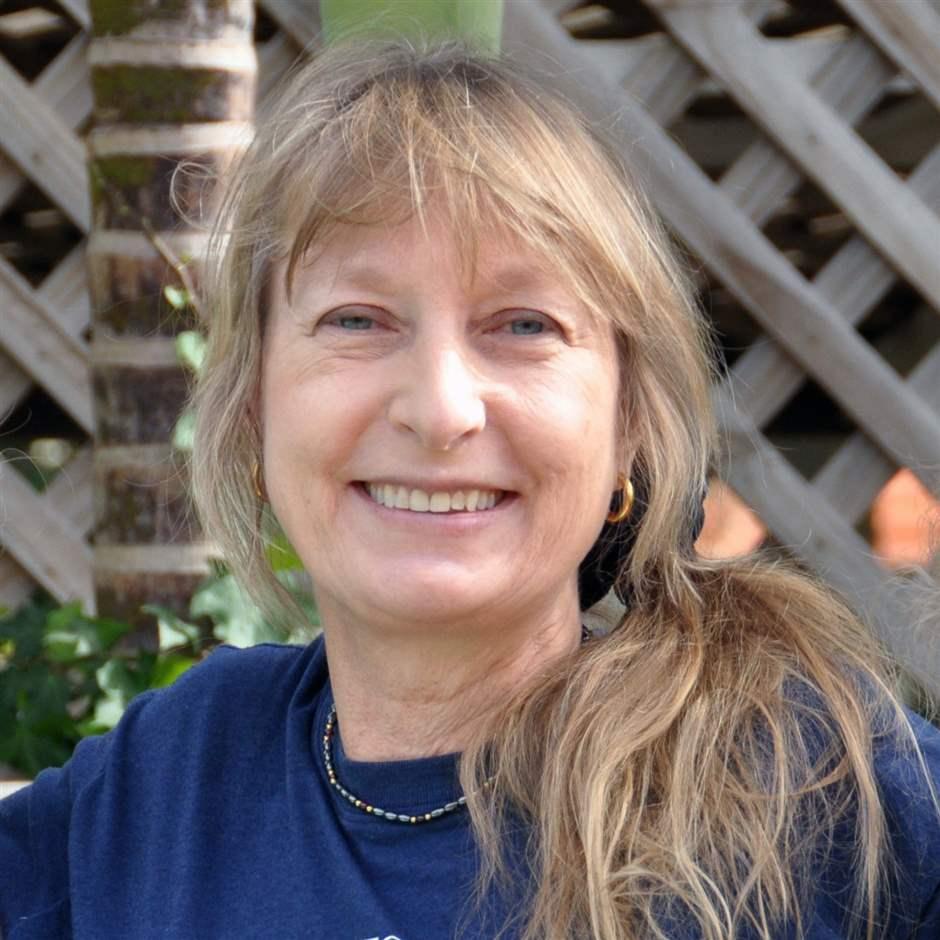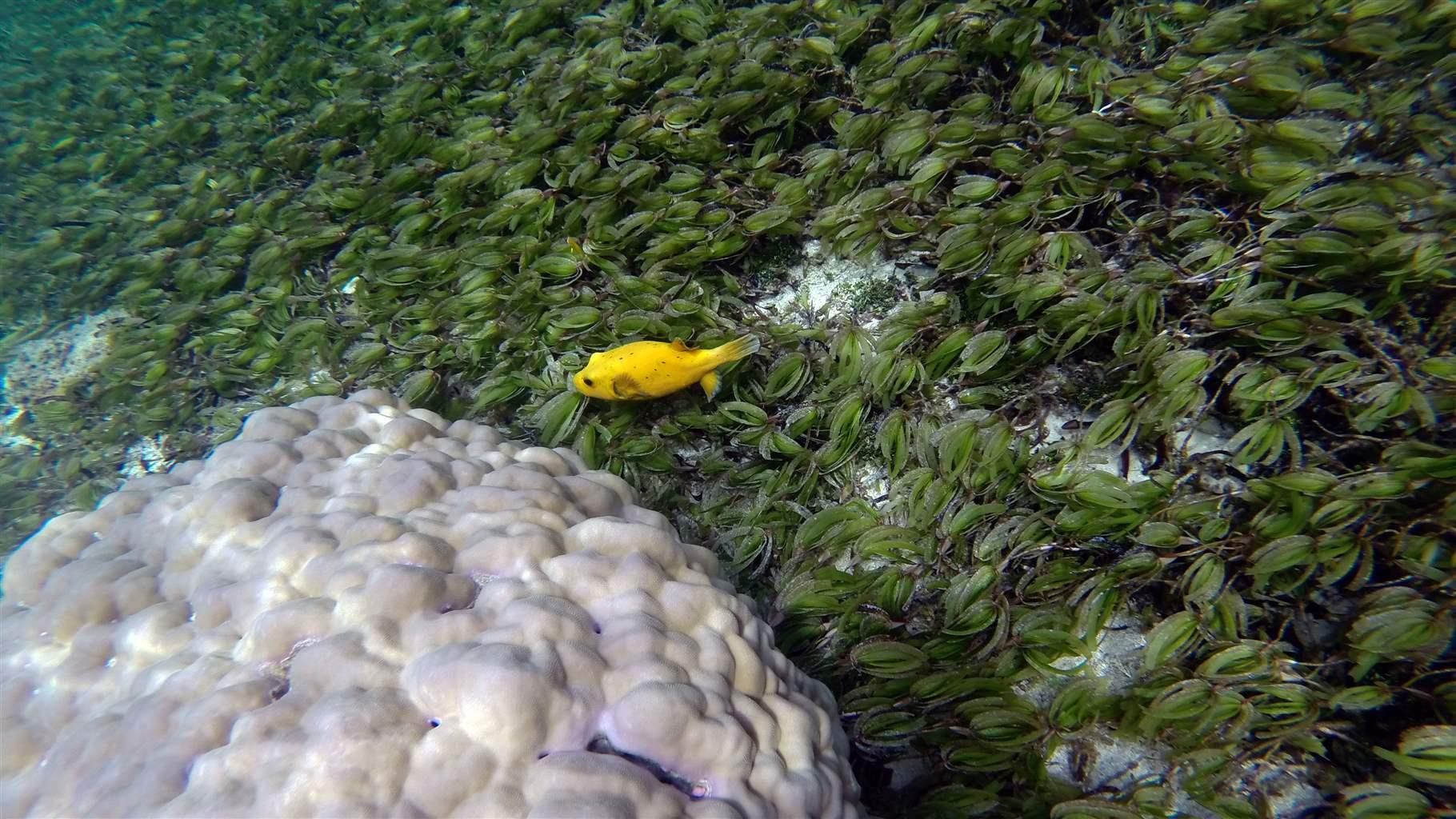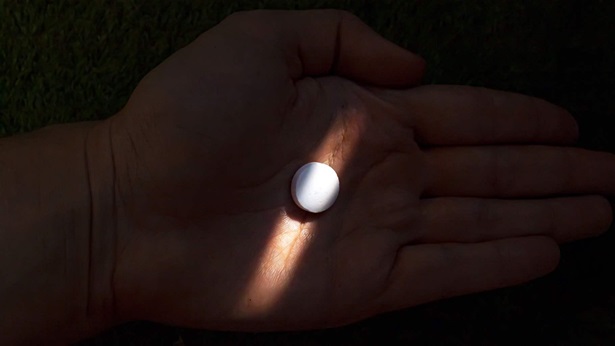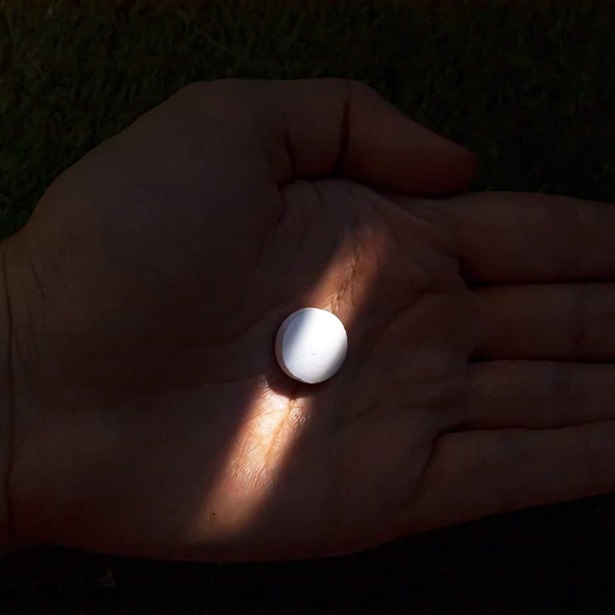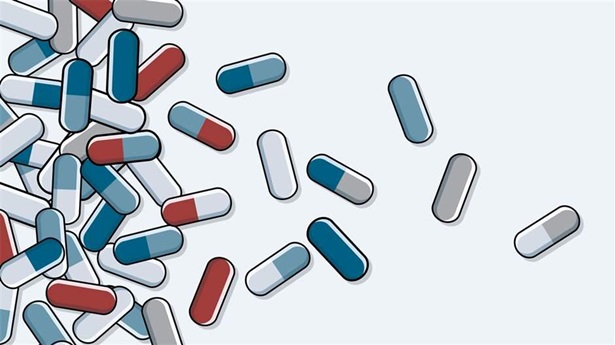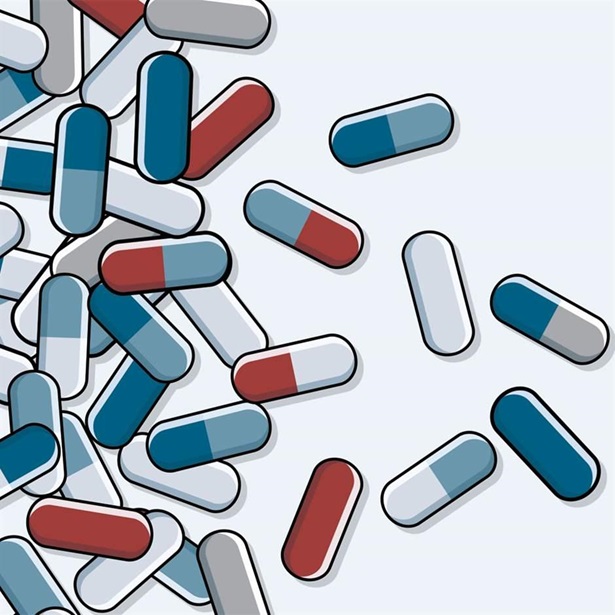Seagrass a Powerful Ally in the Fight Against Climate Change Says Seychelles-Based Expert
A love for turtles led Jeanne A. Mortimer to the islands—and a commitment to wetlands conservation
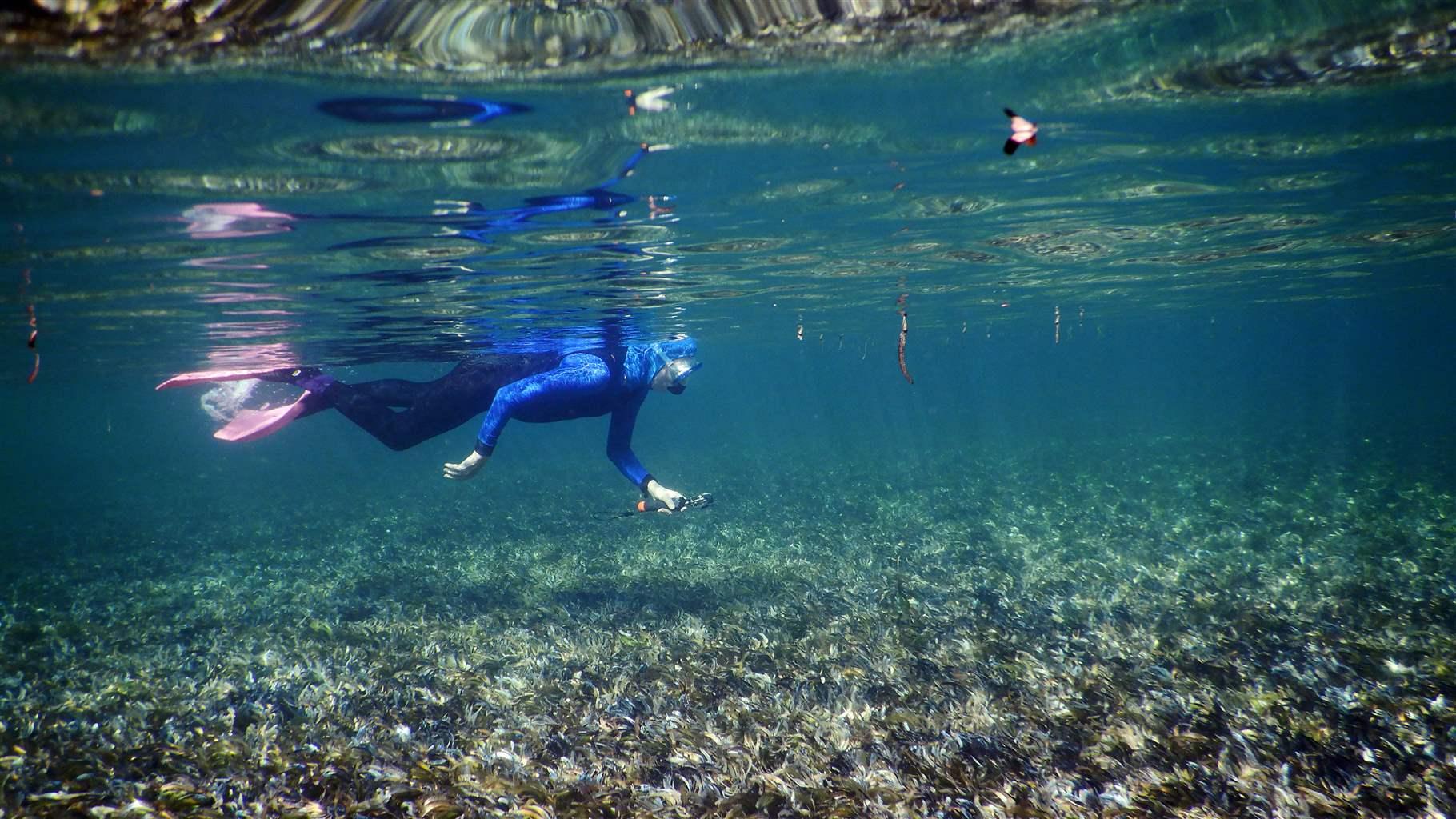
For the last five decades, conservation biologist Jeanne A. Mortimer has traveled the world, researching marine turtles and their habitats—particularly seagrass. In 1981, her passion for sea turtles drew her to migrate to Seychelles, an island nation in the Indian Ocean off the coast of East Africa, where seagrass ecosystems are very important to sea turtle populations and fisheries. Mortimer now coordinates research and conservation projects for seagrass and educates people about its importance as a critical marine habitat—and its value as a nature-based solution in the fight against climate change.
This interview with Mortimer—which took place on one of her favorite occasions, World Seagrass Day—has been edited for clarity and length.
Q: What brought you to Seychelles?
A: I first arrived here 40 years ago to study sea turtle populations. I had just completed my Ph.D. at the University of Florida, where my doctoral research focused on nesting turtles at Ascension Island in the south Atlantic Ocean—and the Government of Seychelles wanted to better understand the status of turtles in their waters. At the time there was both local and international concern that turtles were being overexploited, and the country was keen to move forward with science-based management recommendations.
Q: And that led to your interest in studying seagrass?
A: Green turtles are voracious herbivores in those parts of the world where they feed on seagrass meadows. In fact, during my master’s research, I had studied the ecology of green turtles foraging in seagrass meadows along the eastern coast of Nicaragua. At that time, in the mid-1970s, we didn’t know whether green turtles were more interested in the seagrass itself or in eating the other organisms found on the seagrass blades. It turns out that the green turtles were in fact focused on eating the young fresh shoots of seagrass, while hawksbill turtles in Seychelles feed on the invertebrate animals and plants growing amongst the seagrasses.
Q: March is seagrass awareness month. So what do you want people to know about seagrass?
A: People need to realize that seagrass has biological, chemical, and physical importance on a grand scale. Seagrass comprises expansive and highly productive ecosystems that provide food and habitat to thousands of animal and plant species, many of which have commercial importance to humans or are endangered. Seagrass meadows physically protect our coastlines from erosion: During heavy storms, seagrass root mats hold tightly to the seafloor, keeping the plants in place. Meanwhile their leaves baffle wave action and currents, causing sediment to settle quickly so it’s not transported to locations where it doesn’t belong—such as on top of living coral reefs. And through photosynthesis, seagrass removes carbon dioxide (CO2) from the water and replaces it with oxygen that fish, coral, and other marine animals need to breathe.
Q: So seagrass plays a role in carbon sequestration?
A: Yes, seagrass research has come a long way since the 1970s, and we now know that seagrass efficiently sequesters carbon by storing it in the underlying soil—trapping it there for long periods of time. In fact, scientists estimate that around 10% of the total organic carbon sequestered in the ocean is buried in seagrass beds.
Q: Why is this carbon burial important? And how does it work?
A: We know that the burning of fossil fuels through human activity has increased CO2 levels in the atmosphere, which promotes climate change. But seagrasses can lock away some of this carbon: As the seagrass sheds leaves or dies, the dead plant material gets trapped in the low-oxygen sediments on the ocean floor, where the carbon is stored for very long periods of time safely away from the atmosphere. So seagrass meadows are a natural carbon sink—making them important nature-based solutions to climate change.
Q: How are seagrasses faring worldwide?
A: The loss of seagrass ecosystems is accelerating, and some researchers estimate that we’ve lost 30% of the world’s seagrass since scientists first started monitoring seagrass coverage back in 1879. That makes it urgent that we protect seagrass ecosystems.
Q: What about in Seychelles?
A: The human population of Seychelles is right around 100,000, and almost all of them live in the inner islands—where large expanses of seagrass have been lost to coastal reclamation projects, and more such projects are being considered. Mechanical damage caused by boat propellers and trampling, as well as by pollution from sewage outflow and agricultural runoff, pose further threats.
In contrast, most seagrass meadows in the outer islands of the archipelago remain in a relatively healthy state. Unfortunately, that doesn’t compensate for the damaged seagrass in the inner islands because the species composition of both plants and animals in seagrass meadows in the inner islands differs greatly from that in the outer islands. At least one seagrass species in the inner islands, Enhalus acoroides, is on the verge of extinction due to habitat destruction.
Q: Can you say more about current seagrass research?
A: Research underway in Seychelles includes identifying what seagrass species occur, in what density, and over how great an area. During 2021, a seagrass mapping and carbon assessment project will begin in which Seychelles stakeholders, including Island Conservation Society, a local conservation nongovernmental organization; University of Seychelles; and Seychelles Conservation and Climate Adaptation Trust, an independent trust, will—in partnership with Oxford University—map our seagrass ecosystems using a combination of ground truthing and satellite imagery and estimate the carbon stored in these ecosystems. This project will provide the data the Government of Seychelles needs to support seagrass protections in its Nationally Determined Contributions and thereby include nature-based solutions as part of its commitment toward the Paris Climate Agreement.
Q: One final question: Is it true that in Seychelles you’re known as “Madame Turtle”?
A: Seychellois people like nicknames, and beginning in 1981 people started referring to me as “Madanm Torti”—which means “Madame Turtle” in Seychellois Creole. Over the years I became familiar to people during televised public awareness campaigns about turtle conservation, so by now many Seychellois who don’t know my real name recognize me as “Madanm Torti.” I answer to either name.
